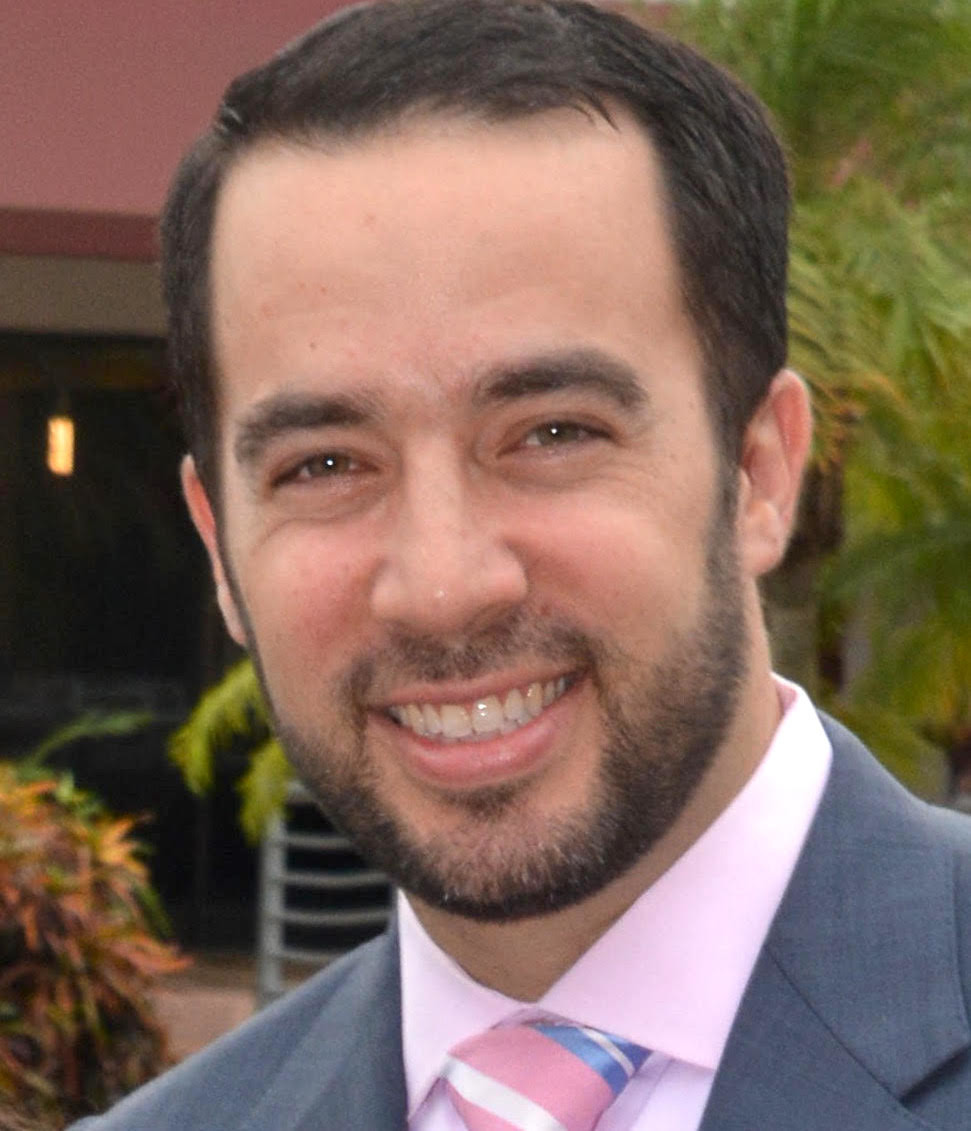For this week’s parsha, Rashi doesn’t comment
Open a chumash with Rashi on this parsha, Vayakhel, and the first thing you notice is … there is no Rashi.
You can count on your hand the number of comments Rashi provides on chapters 36 and 37; after all, he’s already commented on these topics in parshat Terumah, chapters 25 and 26.
Why does the Torah painstakingly repeat every detail of the mishkan? It could have written, “They did exactly as they were instructed to do?” Were the Torah to have done so, there would be no question as to Rashi’s whereabouts, because the summary verse would speak for itself.
There are other places in the Torah where a tale or episode is recounted, either by the narrative or a narrator in the text. Some examples are the Creation story, told differently in Bereshit chapters 1 and 2; the introduction to the flood tale in Bereshit 7:6-19; Avraham’s servant’s experience finding a wife for Yitzchak in Bereshit 24. In each case, Rashi has a field day with the retelling.
In our parsha’s repetition of the mishkan details, however, Rashi is silent.
One example where details are not repeated is when Moshe is given signs to convince the people of his divine calling. He turns a staff to a snake, his hand becomes afflicted with tzara’at, and he is told to spill river water to the ground where it will become blood (Shmot 4:1-10). When he actually performs them, the Torah summarizes saying, “He did the signs.” (Shmot 4:30-31)
Perhaps the difference between the signs Moshe performs and the building of the mishkan rests in who was instructed to carry out the tasks. The details of Moshe’s signs-performance were a formality in a task that was his alone. We saw the instructions and we know what it means when we’re told “He did the signs.”
The mishkan, on the other hand, was instructed to Moshe, but it was not Moshe’s job to build and to create. Thus we must see that every detail is followed according to the instruction, so we can be the auditors who ensure that all was done correctly.
Here it is not just the actions of one man. There is much more chance of error and of the possibility of instructions not being followed properly.
Parshat Vayakhel is therefore presenting one of the first examples of a true transmission of mesorah. Perhaps Rashi remains silent because he does not want to distract us from the important details that are taking place. He explained it for us already, and now he wants us to do our legwork and to check for ourselves if the instructions were carried out properly.
The Talmud (Yebamot 87b) says “silence is like agreement.” Rashi agreed with the importance of the transmission of the mesorah and felt no need to comment because the notion stands for itself.
In this case, his silence speaks volumes, loud and clear.

 49.0°,
Fog/Mist
49.0°,
Fog/Mist 




